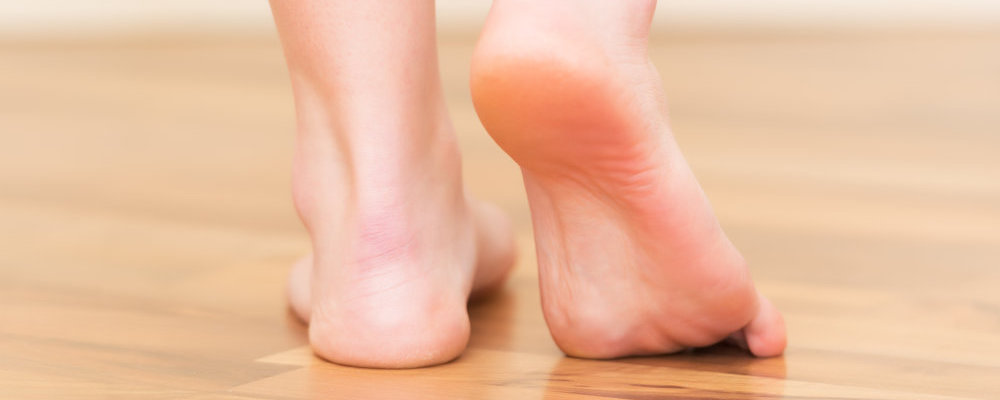Table of Contents
Peroneal Tendonitis Treatment in St. Louis, MO
Peroneal tendonitis occurs when there is friction on the peroneal tendons causing them to become inflamed and swollen, rubbing against the bone. Patients with this condition usually describe pain at the back of the ankle or when turning the foot inward or outward. This pain usually worsens with activity and lessens with rest.
Other symptoms of peroneal tendonitis include:
- Swelling at the ankle
- Instability of the foot and ankle when bearing weight
- Area may be warm to the touch due to inflammation
If you are suffering from any of these symptoms, you need a peroneal tendonitis diagnosis which can only be performed by a trained podiatrist. To begin with, the doctor will discuss your medical history with you to recognize situations of increased activity and overuse. The doctor will typically move the foot and ankle into different positions and apply pressure to determine where the tendons are ruptured, swollen, or inflamed. An x-ray or other type of scan might be called for in order to check for any breaks, abnormal swelling, or scar tissue.
Contact us today to take a look at your ankle!
Cause of Peroneal Tendonitis
The tendons sustain the ankle when bearing weight and also stabilize the arch when walking. They are integral structures to help protect the ankle from sprains during activities involving repetitive ankle motions, such as running and other exercises. If not functioning correctly, the feet rolling out can cause friction between the tendon and bone, resulting in inflammation.
Factors that contribute to peroneal tendonitis include…
- Overuse
- Sudden increase in physical activity
- Overly strenuous or incorrect training techniques
- Failure to complete proper rehabilitation following an ankle injury
- Recurrent ankle injuries
- High foot arches
- Tightness in calf muscles
- Weak peroneal tendons due to thickened scar tissue
- Unsupportive footwear
Peroneal Tendonitis Treatment
Coming up with a treatment plan is different for everyone who suffers from peroneal tendonitis. While a single method or a combination of methods may be prescribed, all treatment options are typically aimed at reducing inflammation and decreasing the strain on the peroneal tendons.
Peroneal tendonitis treatment methods:
- Conservative – The doctor may ask you to modify certain activities to avoid running and jumping and, instead, rest your ankle. Other conservative means of treating peroneal tendonitis may be to wear a walking boot or ankle brace for a predetermined amount of time.
- Non-steroidal anti-inflammatory drugs (NSAIDS) – Medicine may be prescribed to calm the inflammatory process in the tendon and relieve pain. These include ibuprofen (Advil, Motrin) and naproxen (Aleve, Naprosyn).
- Physical therapy – Stretching the peroneal and calf muscles lessens the amount of stress exerted during normal activities, therefore, reducing inflammation. Ice, heat, and ultrasound may also be suggested.
- Surgery – Peroneal tendonitis generally responds well to the above methods as long as it is diagnosed and treated early. However, surgical intervention may be necessary if the tendonitis is chronically severe or if the tendon is torn. During surgery, the doctor will repair any tearing or clean up the peroneal tendons and the tract that the tendons run in.
If you suffer from the symptoms associated with peroneal tendonitis, contact Missouri Foot & Ankle now to see how we can help!

